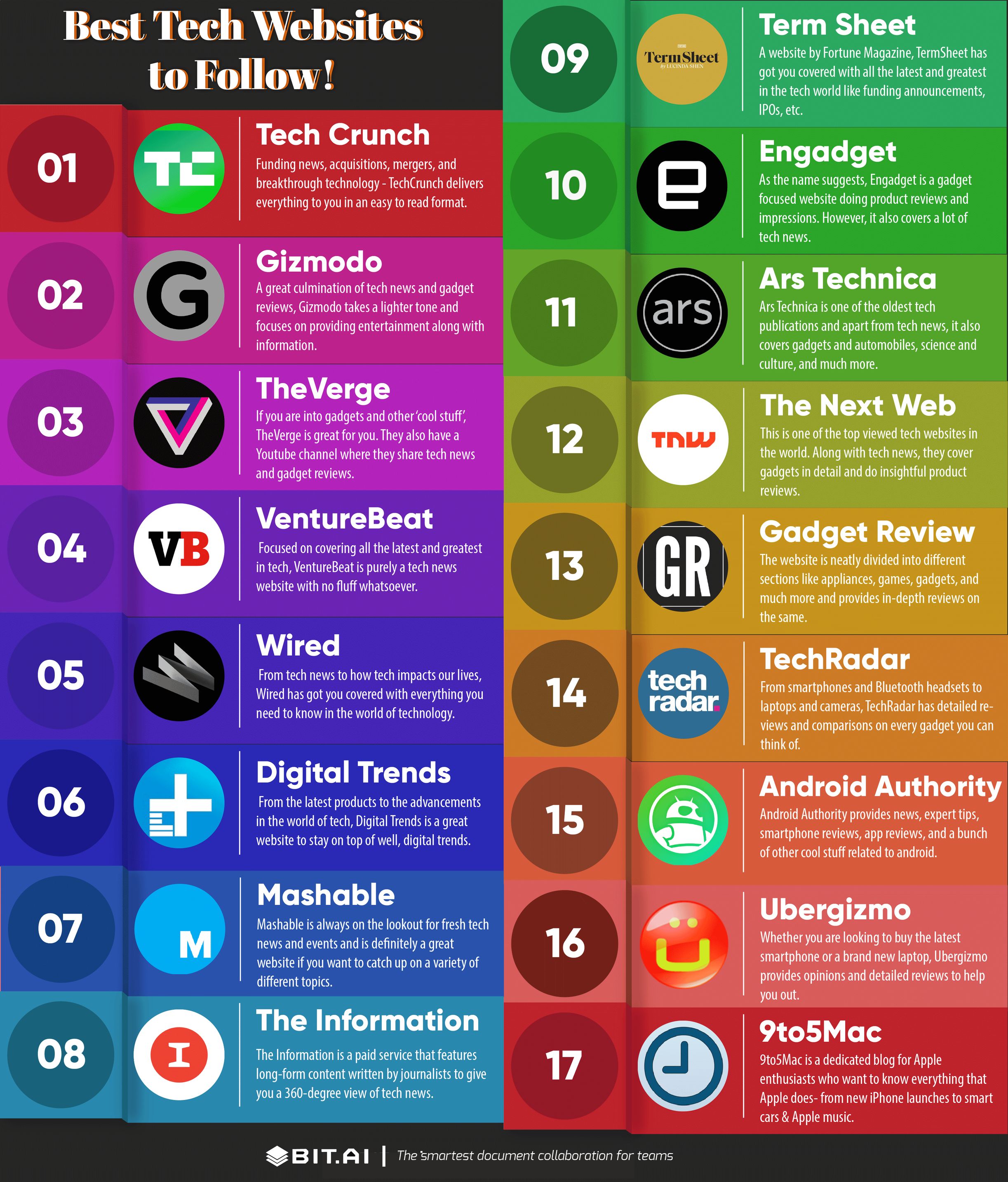What Makes the Best tech blog Stand Out Among Tech Enthusiasts and Professionals
What Makes the Best tech blog Stand Out Among Tech Enthusiasts and Professionals
Blog Article
Recognizing the Rise of Side Computer in Today's Digital Globe
In the quickly evolving landscape of technology, side computer emerges as an essential force, improving how data is processed and utilized. This standard shift is driven by the expansion of IoT devices and an intensifying demand for instant information handling. By transitioning information monitoring closer to the source, edge computing addresses crucial latency concerns while enhancing transmission capacity use and enhancing protection procedures. As sectors pivot towards smarter, extra effective systems, understanding the subtleties and ramifications of this technological innovation comes to be necessary. What does this mean for future advancements and the electronic community in its entirety?
What Is Side Computer
Side computer, although a relatively current improvement in the realm of innovation, basically changes exactly how data is processed and handled by bringing calculation and information storage closer to the location where it is needed. Unlike standard cloud computer models, which usually rely upon centralized information centers that can be geographically remote, edge computer decentralizes information handling. This closeness decreases latency, boosts real-time information handling, and improves the overall customer experience by making sure quicker reaction times.
At its core, side computer involves a network of localized devices and framework, such as sensors, routers, and portals, with the ability of refining data at or near the source. This localized processing ability is specifically crucial for applications needing instant information evaluation, such as self-governing lorries, commercial automation, and clever cities. Furthermore, by offloading data processing jobs from central web servers, edge computing decreases data transfer requirements and enhances information personal privacy and safety, as delicate details can remain on-site instead of traversing extensive networks.

Key Drivers of Fostering
A number of variables are moving the adoption of edge computer in today's digital landscape. Side calculating addresses this requirement by allowing data handling closer to the information source, minimizing latency and boosting real-time decision-making capacities.
One more significant motorist is the demand for boosted bandwidth performance. Central cloud systems can become overloaded with the sheer quantity of information generated by IoT gadgets, leading to bottlenecks (Best tech blog). By refining data at the side, organizations can alleviate network congestion and boost overall system performance
Moreover, safety and personal privacy worries are pressing organizations toward edge computer. By processing sensitive data locally, companies can mitigate dangers connected with information transmission and exposure to possible cyber hazards.
The rise of applications requiring real-time handling, such as self-governing vehicles and increased fact, likewise requires the rapid feedback times that edge calculating offers. Collectively, these motorists are making edge computing a vital part of modern-day IT facilities, leading the way for its extensive adoption across numerous sectors.
Benefits Over Cloud Computing
How does side computer identify itself from traditional cloud computing? Mostly, edge computing brings information handling closer to the resource of information generation, frequently on neighborhood tools or neighboring web servers, rather than relying on central information.
In addition, edge computer boosts transmission capacity effectiveness (Best tech blog). By refining information in your area, only the required information is transferred to the cloud for more evaluation or storage space, minimizing the volume of information that goes across the network. This not only reduces network congestion however likewise lowers information transmission expenses
Side computing likewise offers improved data privacy and safety and security. Sensitive data can be refined locally without being sent out to the cloud, decreasing the exposure to possible cyber hazards. This is especially beneficial for fields managing secret information, such as healthcare and monetary services.
Additionally, side computing makes sure higher strength and integrity. Regional processing enables Continue continued operation also when connection to the cloud is endangered, keeping essential functions and solutions despite possible network disturbances. These advantages collectively show edge computer's transformative capacity in optimizing efficiency and safety and security in digital ecological communities.
Considerations and obstacles
While edge computer supplies countless advantages, it also offers unique obstacles and factors to consider that must be addressed to totally recognize its possibility. One considerable difficulty is information protection and privacy. Handling data better to the source raises the danger of unapproved access, requiring robust file encryption and rigid safety and security methods to protect delicate information. Furthermore, handling and checking a decentralized network of edge gadgets can be complex, requiring innovative tools and techniques to make certain seamless procedure and maintenance.
Another consideration is the scalability of side computer remedies. As the variety of linked devices grows, so does the need for refining power at the side, which can cause resource constraints. Organizations must thoroughly plan their framework to suit this development without compromising efficiency or effectiveness.
Interoperability is another critical factor. With various software and hardware components entailed, ensuring compatibility and smooth integration can be challenging. Standardization efforts are vital to facilitate interaction in published here between diverse systems.
Future Patterns in Edge Computing
Expecting the future, side computer is poised to reinvent numerous industries by enabling quicker data handling and lowering latency. As the quantity of information generated by IoT gadgets continues to expand, side computer will become increasingly essential in handling this influx successfully. One significant pattern is the assimilation of expert system at the edge, permitting real-time analytics and decision-making without depending on cloud-based resources. This change is expected to enhance applications in independent automobiles, wise cities, and medical care, where instant information processing is crucial.
An additional emerging pattern is the growth of edge-native applications designed particularly to take advantage of the unique capacities of side computing. These applications will enhance efficiency and resource utilization, resulting in increased performance throughout various sectors. Improvements in 5G modern technology will even more boost side computing by supplying the essential framework for high-speed, low-latency communication between tools and edge nodes.
Conclusion
Edge computer's surge is driven by the expansion of IoT devices and the need for real-time information processing, which boosts efficiency by minimizing latency and decentralizing information monitoring. This method minimizes bandwidth inefficiencies Read Full Report and safety concerns, assisting in advancements in applications like smart cities and self-governing vehicles. Regardless of difficulties such as framework intricacy and assimilation, the future of edge computer guarantees a much more responsive digital environment, with proceeded innovations forming its evolution and expanding its applicability across sectors.
Side computing, although a reasonably current improvement in the world of modern technology, basically changes exactly how data is refined and handled by bringing computation and data storage closer to the area where it is required. Unlike conventional cloud computer models, which usually rely on central data centers that can be geographically far-off, side computing decentralizes information handling. Furthermore, by offloading information handling jobs from central web servers, side computing decreases data transfer requirements and boosts information personal privacy and security, as sensitive information can stay on-site rather than going across comprehensive networks.

Report this page